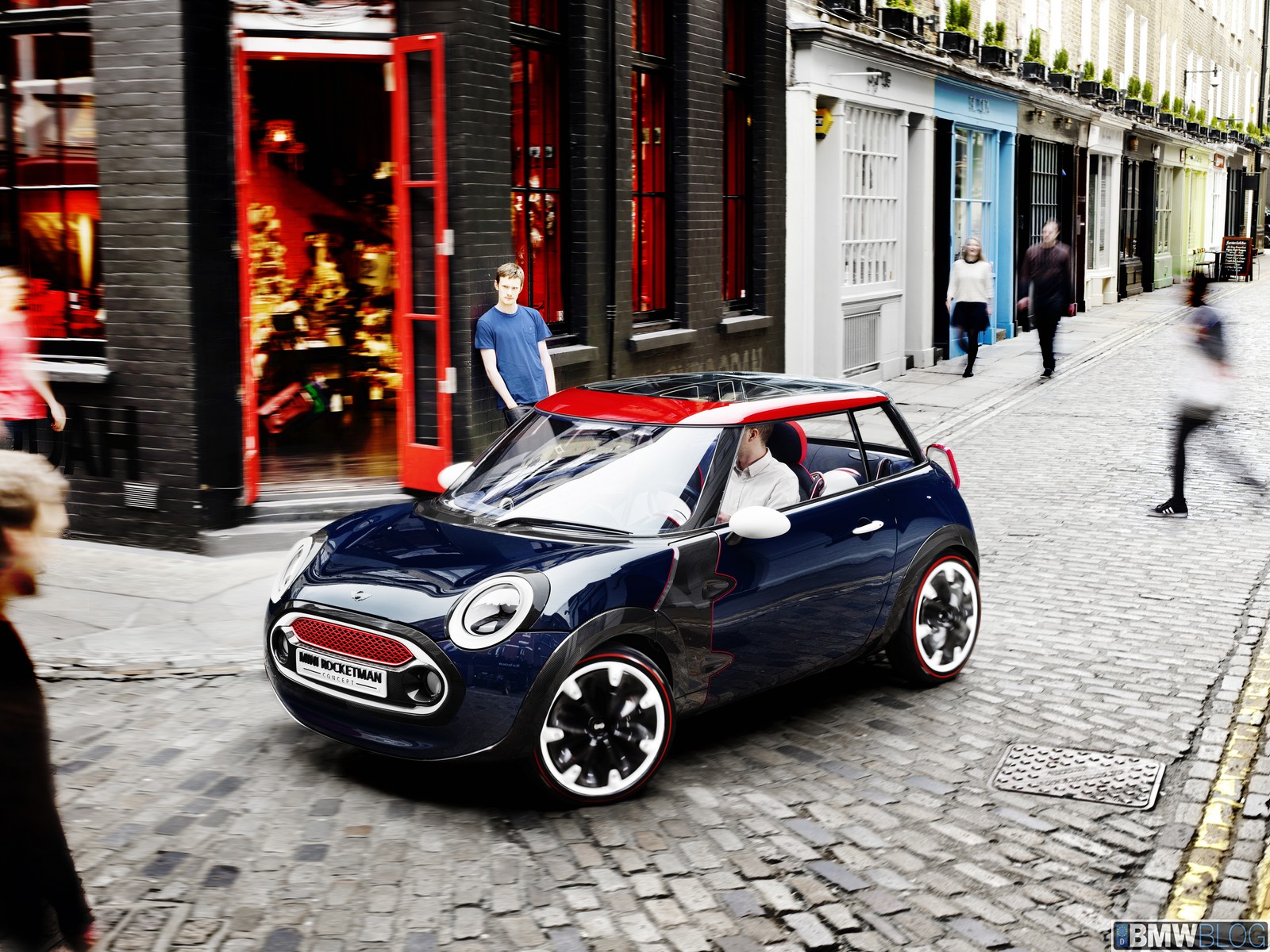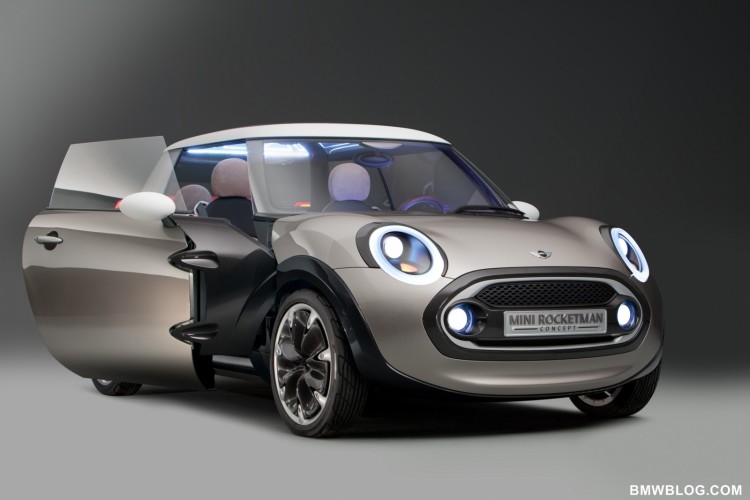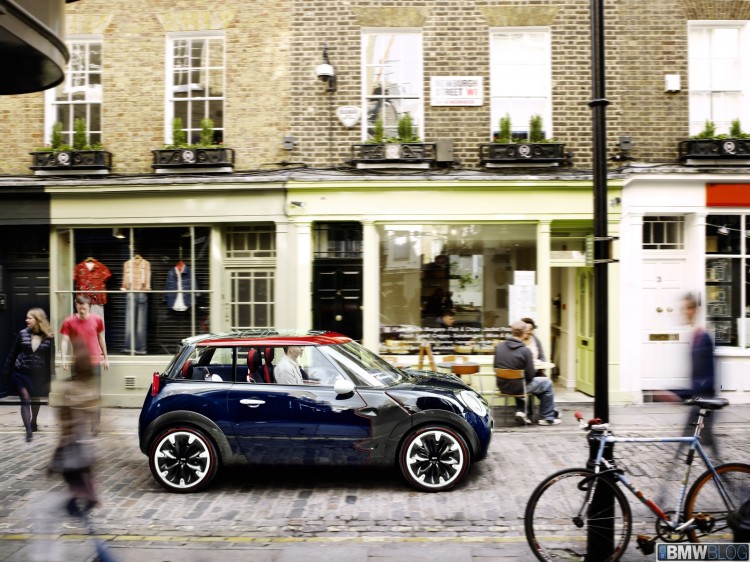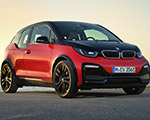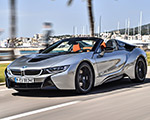In 2011, the automotive market found itself at a interesting crossroads. On one side, compact and city-friendly cars were enjoying considerable popularity, especially in densely populated European cities. Models like the SMART Fortwo and the charismatic Fiat 500 were thriving, proving there was still an appetite for smaller vehicles designed for urban agility and efficiency. These cars had tapped into a consumer desire for simplicity, affordability, and practicality, without sacrificing personality or style.
Yet, on the other side of the spectrum, the industry was beginning to witness a notable shift. Consumer preferences, particularly in key markets like North America, were gradually pivoting toward larger vehicles—SUVs, crossovers, and trucks—offering increased practicality, higher driving positions, and the perception of enhanced safety. Regulations were playing a role too, with stricter crash-test standards and more stringent pedestrian safety rules inadvertently pushing manufacturers to build larger, heavier cars. This trend posed a unique challenge for brands historically known for their compact, charismatic vehicles. MINI, a brand whose very identity was built around the virtues of being small, agile, and distinctly urban, found itself reflecting deeply on this emerging paradox.
Rocketman’s Debut in Geneva
So it comes as no surprise that MINI designers had some ideas in store. The brand chose the Geneva Motor Show in March 2011 as the stage to present a concept car unlike any other in its recent history: the MINI Rocketman. The Rocketman Concept wasn’t simply another styling exercise; rather, it was a serious and thoughtful exploration of how MINI might evolve its heritage in a changing automotive landscape. With a length just over 3.4 meters, it was strikingly similar in size to the original classic Mini, launched in 1959 by legendary designer Sir Alec Issigonis. Its compact dimensions made it a direct spiritual successor, echoing the original car’s brilliant packaging and clever urban functionality.
But MINI knew that to capture imaginations—and to justify producing such a radically compact car in a shifting market—they needed some innovation beneath the stylish exterior. This ambition led them to embrace a technology that parent company BMW was pioneering simultaneously: carbon fiber construction. Indeed, 2011 was also the year BMW introduced its groundbreaking electric city car, the i3, a revolutionary model showcasing extensive carbon fiber reinforced plastic (CFRP) to reduce weight, enhance rigidity, and improve efficiency. Seeing the potential synergy, MINI borrowed from BMW’s engineering playbook, integrating a similar carbon fiber spaceframe into the Rocketman Concept.
3+1 Seating
Inside, the Rocketman reflected MINI’s iconic creativity in spades. The cabin featured an innovative 3+1 seating arrangement, cleverly maximizing passenger space while remaining compact enough for urban maneuverability. The interior itself was playful yet highly functional, offering sliding and folding seats and a minimalist dashboard designed around intuitive connectivity. Even the doors employed ingenious engineering, utilizing double hinges to swing outwards and upwards, easing entry and exit in cramped city environments.
MINI had clearly recognized that small, charismatic city cars could still hold appeal—as other small cars have proven this. But MINI also realized something else crucial: regulatory pressures were rapidly changing the automotive landscape. So even though the car was built around a three-cylinder engine, the packaging seemed more fitted for an electric vehicle.
An Electric Rocketman Would Have Been Cool
Electrification was becoming a growing reality, and urban centers were increasingly considering stricter emissions standards. The Rocketman, with its lightweight carbon fiber structure, seemed tailor-made for an electric drivetrain. An electric Rocketman could have delivered exactly what urban drivers sought: zero-emissions commuting, minimal running costs, and a driving experience bursting with character and agility.
Yet, despite this compelling blend of nostalgia, innovation, and urban practicality, the MINI Rocketman never reached production. Yet, the rumormill churns out that the MINI Rocketman might have played an important role in the J01 MINI Cooper electric, a car built on a bespoke EV platform. But unfortunately, not with a carbon fiber chassis.
Today, over a decade after its unveiling, the Rocketman continues to impress with its timeless design and hopefully it will resurface one day in the BMW Museum in Munich.


